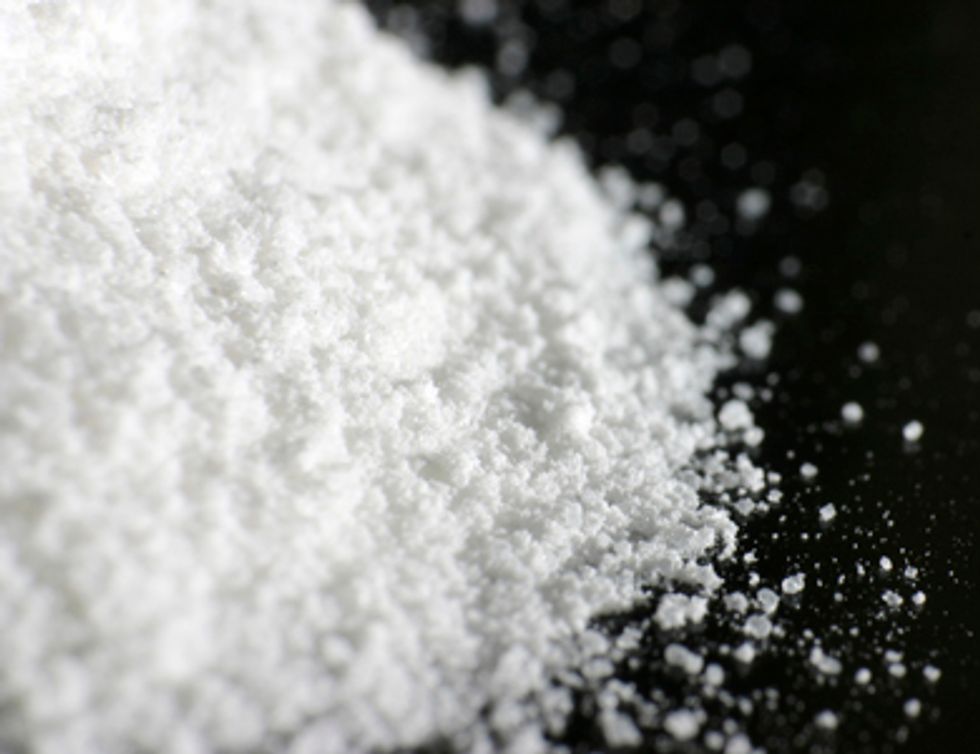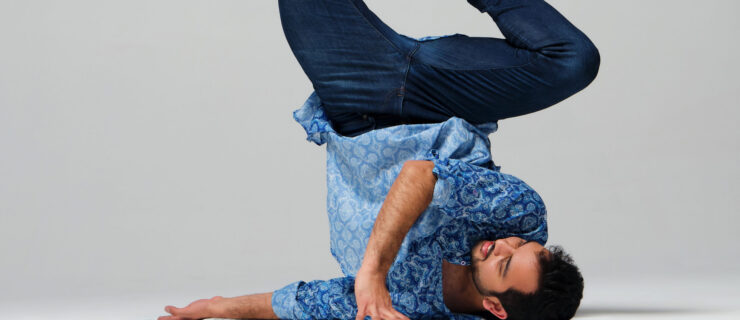The Deadly Allure of Cocaine
Despite high-profile dance memoirs warning about the dangers of drugs like cocaine, drug abuse remains a recurring problem in the dance world. Only a year ago, the Royal Danish Ballet fielded widespread reports in the national press of cocaine abuse among company members.
While most dancers don’t abuse drugs, cocaine’s appeal has persisted for a minority. Dancers may turn to it because it gives them confidence and short-term mental clarity, and acts as an appetite suppressant, says Dr. Lina Kaplan, a clinical psychologist who works with dancers in Los Angeles. “Dancers are vulnerable to using substances that help them through their performances,” Kaplan says. “Cocaine activates that part of the brain that enhances energy and mood, and dancers rely on it for confidence that they may lack.”
Cocaine produces a sense of exhilaration by causing the brain to release higher than normal amounts of certain biochemicals. In order to sustain the high, however, a user must take the drug again as it wears off, which can lead to binges in ever-higher doses. When a binge ends, a crash follows, which comes with a strong craving for more cocaine, fatigue, anxiety, irritability, and sometimes agitation or extreme suspicion.
Cocaine’s powdered hydrochloride salt form can be inhaled, or dissolved in water and then injected. Crack, the informal name given to the rock crystal form of the drug, produces vapors that are then smoked. All three forms involve absorption directly into the bloodstream, with effects appearing very quickly. Cocaine use can lead to addiction and serious health problems, according to the National Institute on Drug Abuse.
“Dancers tend to be very disciplined, so it’s something of a paradox: They give cocaine a try and then it gets them out of control,” says Dr. Joel Nathan, a New York City addiction specialist. Cocaine gets the heart pumping, but it also causes constriction in the arteries to the heart and the brain. “The heart and brain then require more oxygen, but they’re not getting it, so that’s where cocaine use can lead to heart attack and renal failure,” Nathan says.
Over time, with higher and higher dosages, cocaine affects many parts of the body. It can cause stroke, as well as problems with the gastrointestinal tract and sexual ability. “Many functions and organs of the body begin to collapse,” Kaplan says.
The key to breaking an addiction is the desire to stop. “Someone has to want treatment,” Nathan says. “Cocaine addiction can be deadly, but is treatable.” The challenge, if a colleague appears to have a growing problem, can be finding a way to broach the subject. Both Kaplan and Nathan say a one-on-one chat—that is done sensitively, in a non-judgmental way—is a good strategy to let a friend know you are concerned. “Try not to do it in a dance studio. Ask to go for a walk or a cup of coffee and bring it up from a place of concern,” Kaplan says. It’s best if you can recommend a professional outside the dance world for them to consult.“The person will be more likely to take it in and know that they have someone they can turn to for support down the line.”




